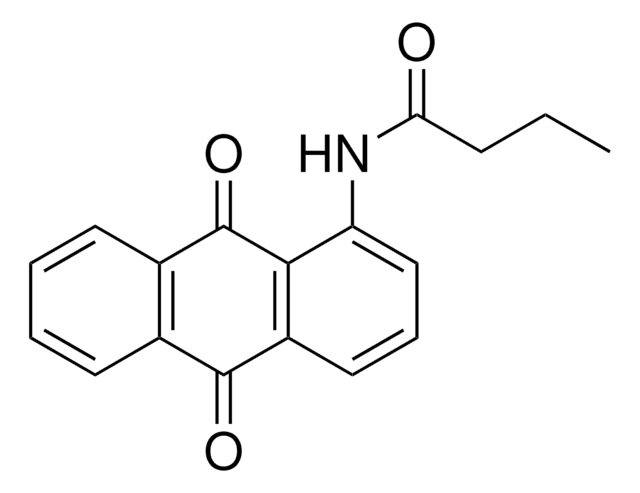MABS2066
Anti-LLGL1 Antibody, clone mAb17-35
clone mAb17-35, from mouse
Synonim(y):
Lethal(2) giant larvae protein homolog 1, Mgl-1, Mlgl
About This Item
Polecane produkty
pochodzenie biologiczne
mouse
forma przeciwciała
purified immunoglobulin
rodzaj przeciwciała
primary antibodies
klon
mAb17-35, monoclonal
reaktywność gatunkowa
mouse, human
opakowanie
antibody small pack of 25 μg
metody
immunocytochemistry: suitable
immunohistochemistry: suitable
western blot: suitable
izotyp
IgG2bκ
numer dostępu NCBI
numer dostępu UniProt
docelowa modyfikacja potranslacyjna
unmodified
informacje o genach
mouse ... Llgl1(16897)
Opis ogólny
Specyficzność
Immunogen
Zastosowanie
Cell Structure
Immunocytochemistry Analysis: A representative lot detected LLGL1 in Immunocytochemistry applications (Ivanov, A.I., et. al. (2010). Am J Pathol. 176(1):134-45).
Immunohistochemistry Analysis: A representative lot detected LLGL1 in Immunohistochemistry applications (Weimer, J.M., et. al. (2009). Development. 136(17):2965-75).
Jakość
Western Blotting Analysis: 4 µg/mL of this antibody detected LLGL1 in mouse brain tissue lysate.
Opis wartości docelowych
Postać fizyczna
Przechowywanie i stabilność
Inne uwagi
Oświadczenie o zrzeczeniu się odpowiedzialności
Nie możesz znaleźć właściwego produktu?
Wypróbuj nasz Narzędzie selektora produktów.
Certyfikaty analizy (CoA)
Poszukaj Certyfikaty analizy (CoA), wpisując numer partii/serii produktów. Numery serii i partii można znaleźć na etykiecie produktu po słowach „seria” lub „partia”.
Masz już ten produkt?
Dokumenty związane z niedawno zakupionymi produktami zostały zamieszczone w Bibliotece dokumentów.
Nasz zespół naukowców ma doświadczenie we wszystkich obszarach badań, w tym w naukach przyrodniczych, materiałoznawstwie, syntezie chemicznej, chromatografii, analityce i wielu innych dziedzinach.
Skontaktuj się z zespołem ds. pomocy technicznej






